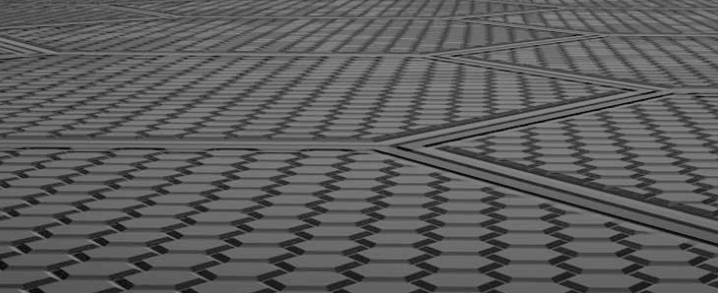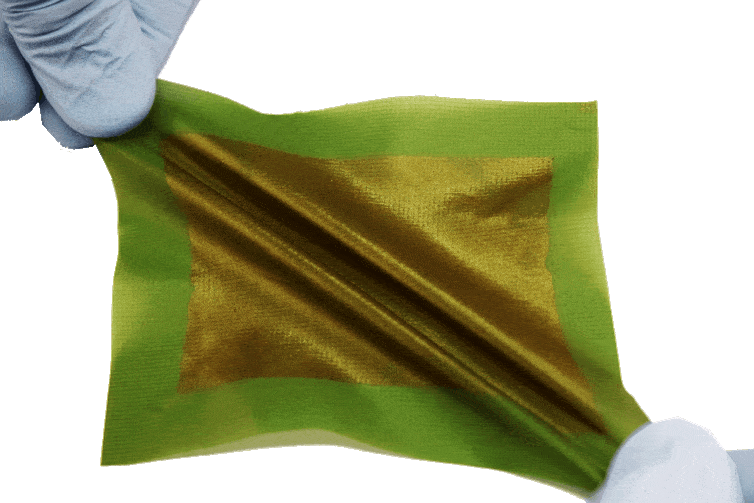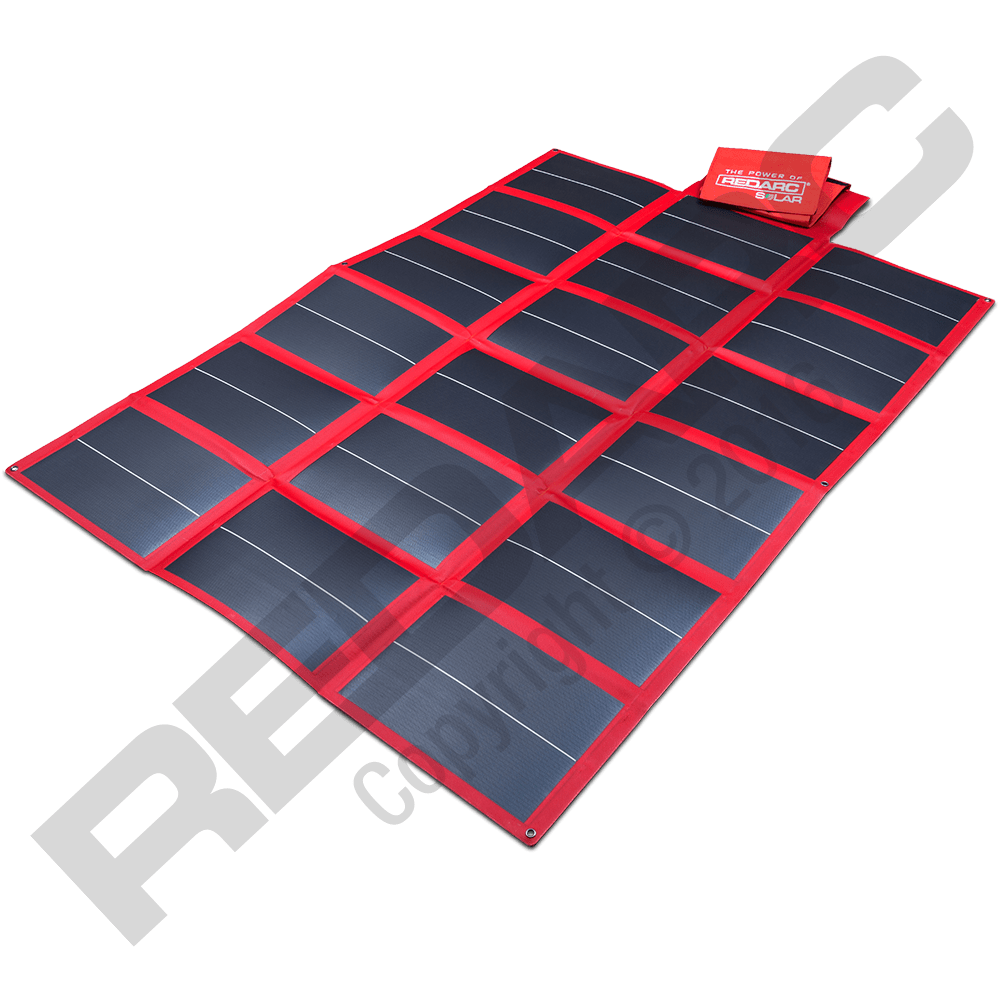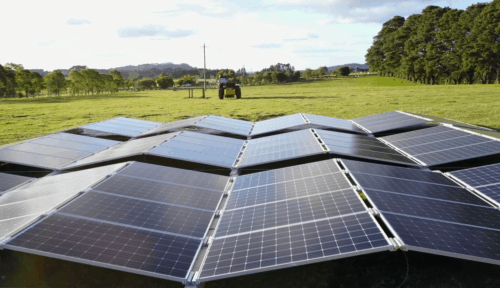Solar panel roads – today we’ll take a look at how research and trials for solar panel roads are going, and what the future looks like for solar highways. Will we ever see solar highways in Australia (or anywhere else, for that matter)?
Solar Panel Roads
We’ve already written extensively about solar roads and the various trials they’re currently in the middle of:
- Solar highways in China
- Solar roads in Tokyo for the 2020 Olympics
- SONOB IIPV installation on sound barriers alongside Dutch highways.
However there are three main problems with solar roads at the moment – price, performance, and safety. It’s still exorbitantly expensive to come up (the price per kW of all the current solar roads is up to $~2000 per kilowatt) with these road solar cells which perform significantly worse than their roofed brethren. Since the panels don’t have a tilt and need to be housed underneath something strong and load-bearing, this cuts efficiency significantly. And if 5% of a panel is shaded, this can reduce power generation by up to 50%. It’s assumed that dirt, dust, and traffic will exacerbate this – so we need a way to make the initial panels cheaper and/or more effective if solar roads are ever going to be a real possibility.
Solar Panel Roads in Australia

Would these solar panel roads work in Australia? News.com.au have a great article about solar road technology, where they discuss how expensive the current trials are and what the future for this technology could be:
The article quotes Dr. Andrew Thomson, a solar researcher at Australian National University.
“It’s a really attractive looking idea,” Dr Thomson said. But while “it’s technically feasible, it’s very expensive. I don’t really think there’s a market for it, the opportunity cost is very much against it”.
We’ll keep you updated with progress on how solar road resarch is going along – but perhaps it’s just not the best place to put solar panels as Dylan Ryan, lecturer in Mechanical & Energy Engineering at Edinburgh Napier University told news.com.au: “…solar roads on city streets are just not a great idea”





